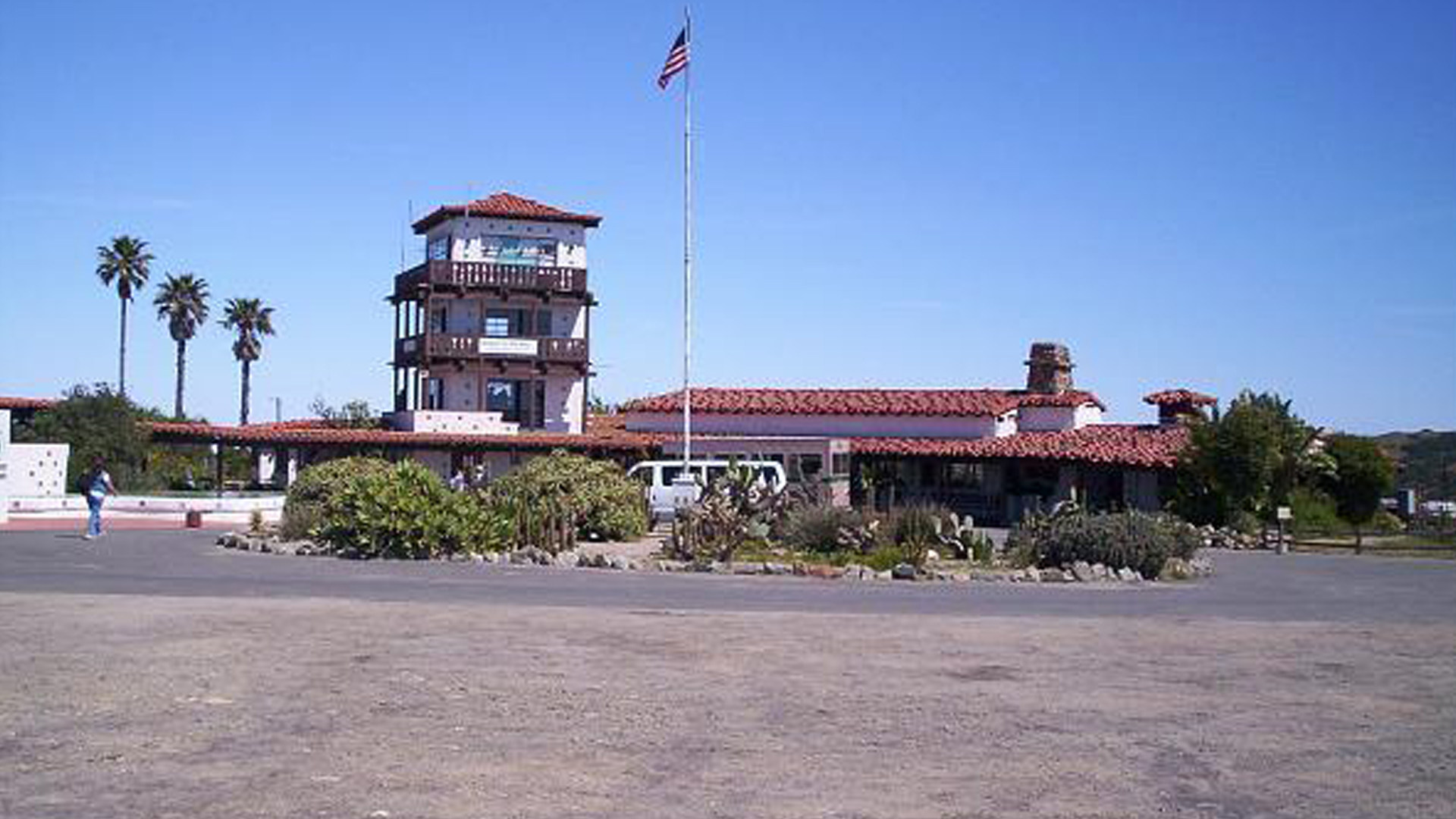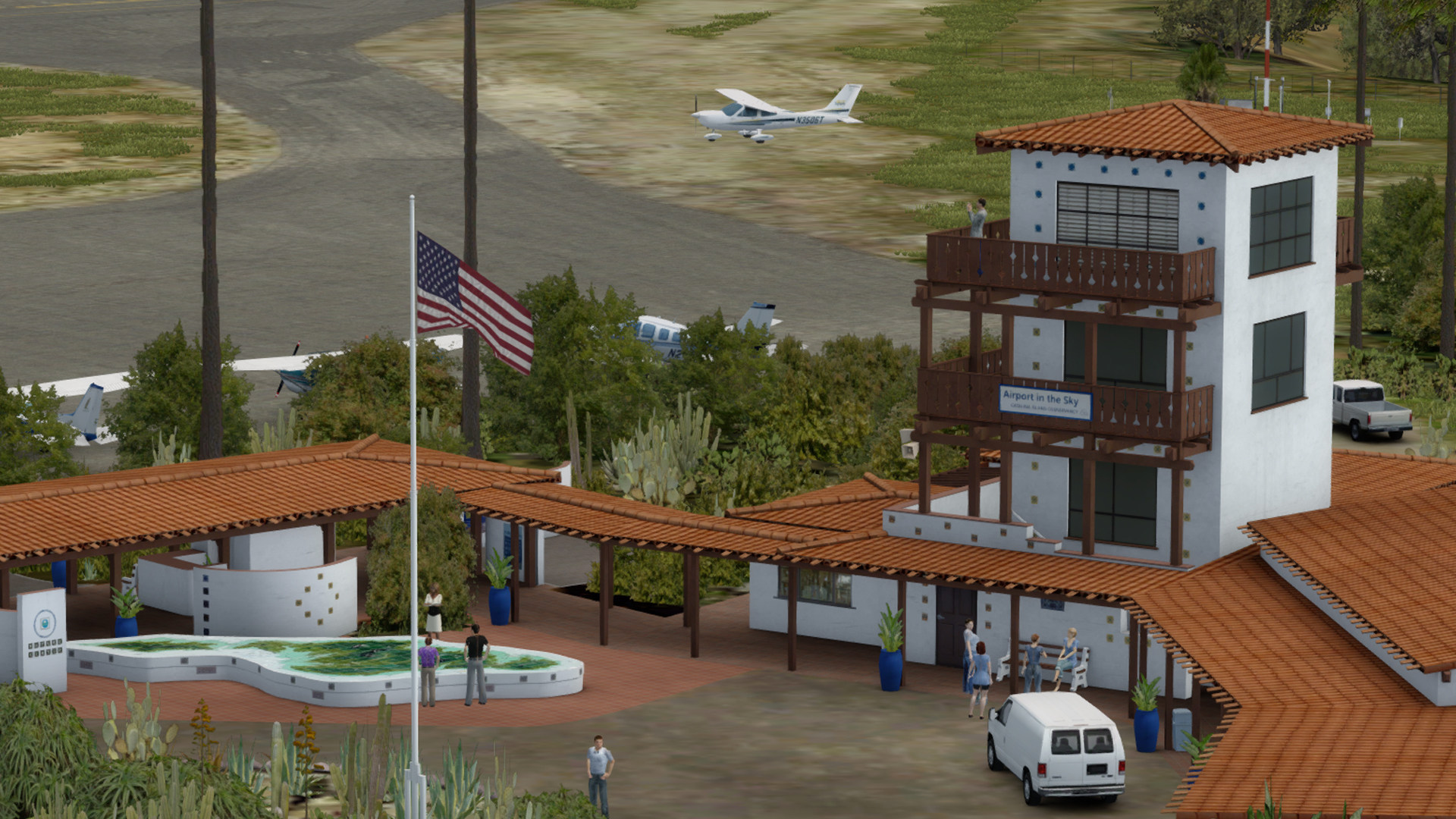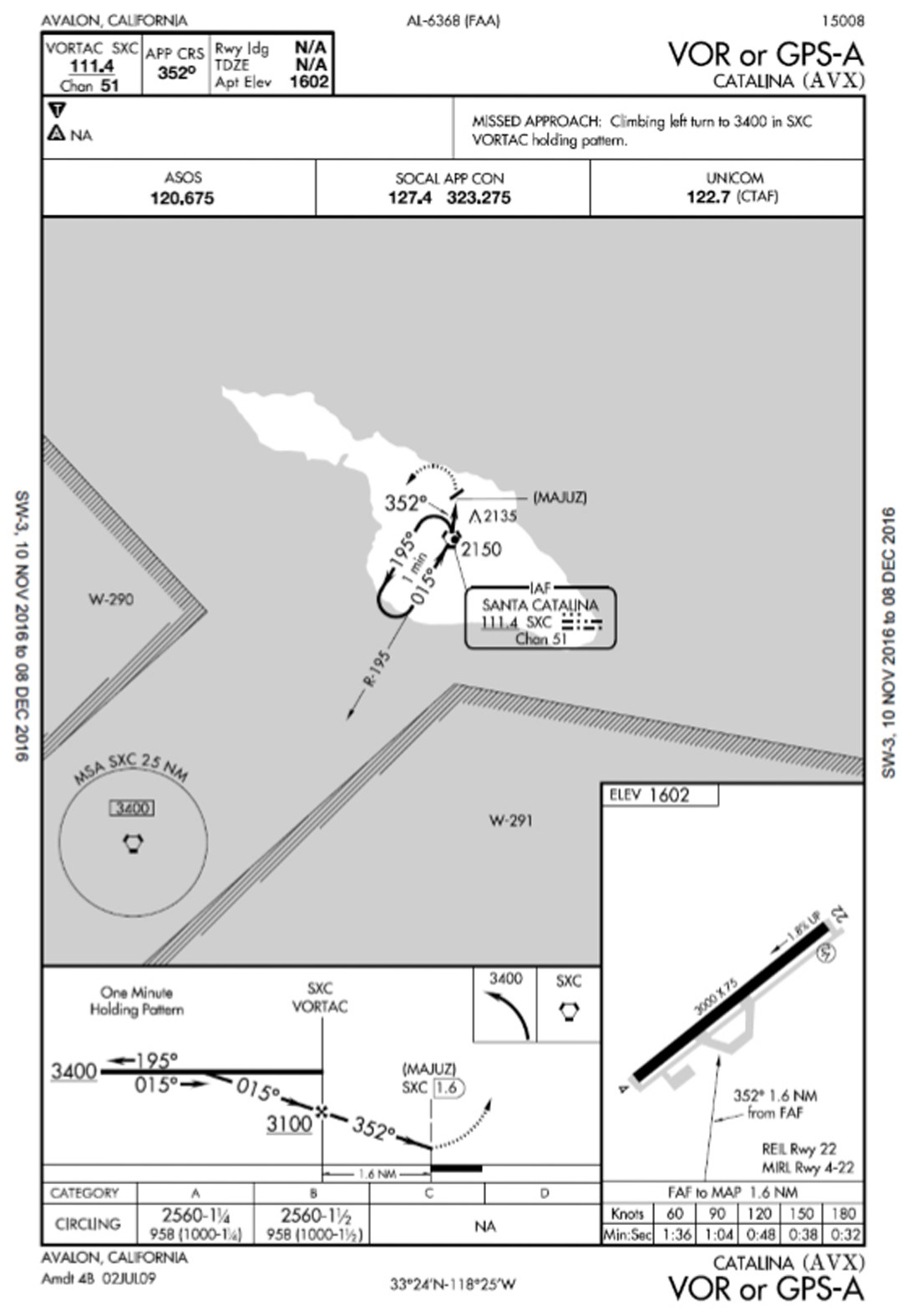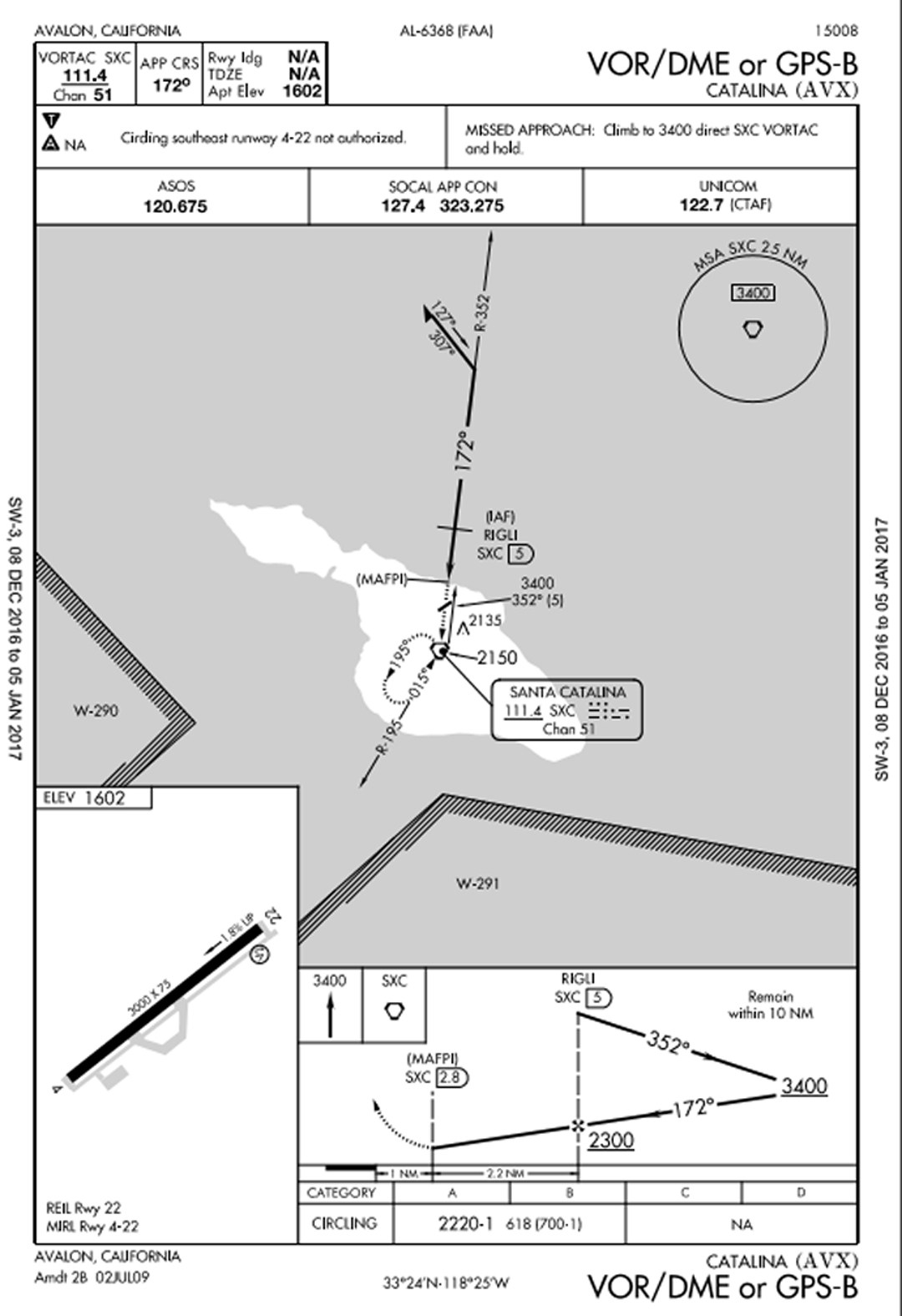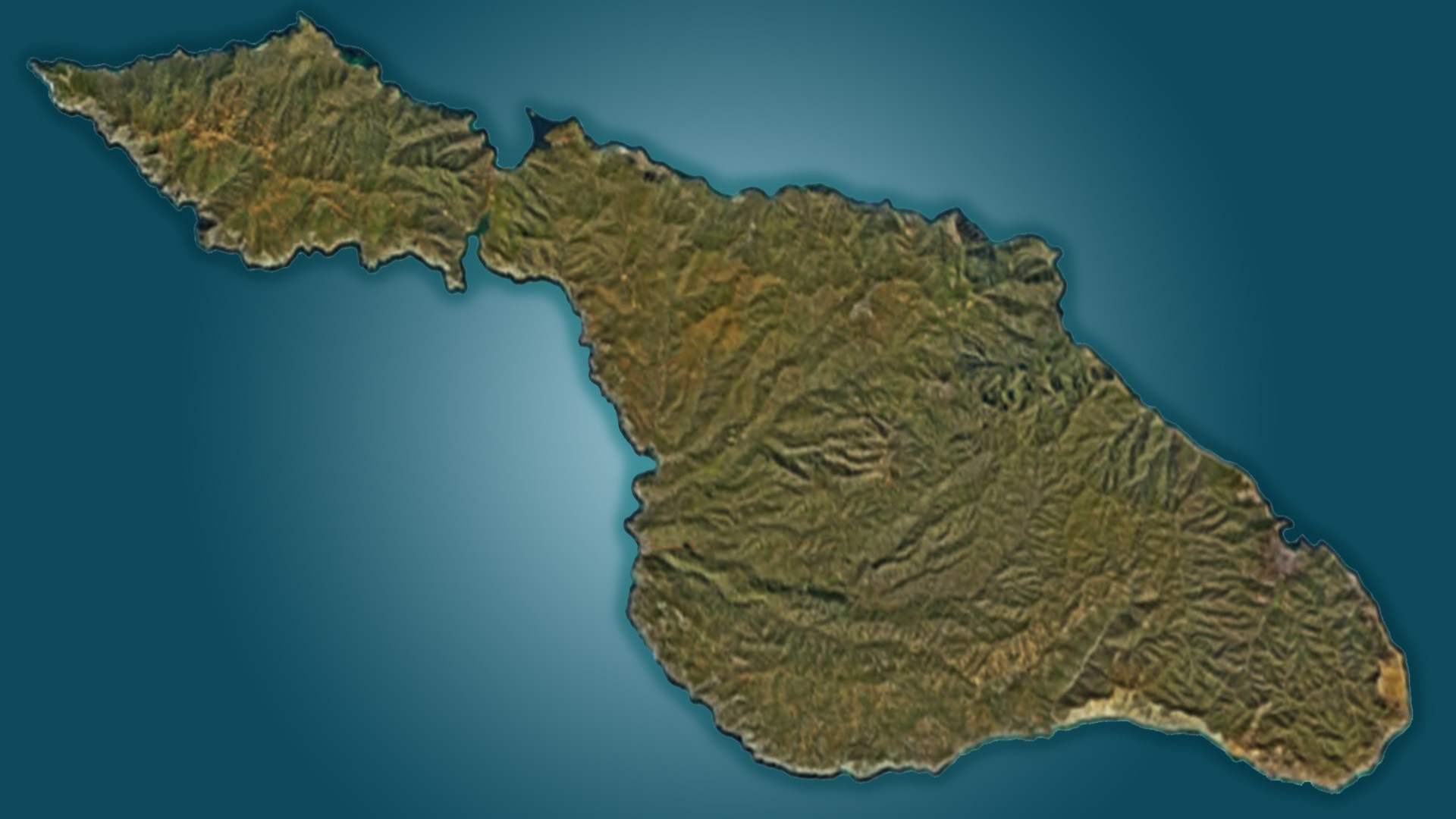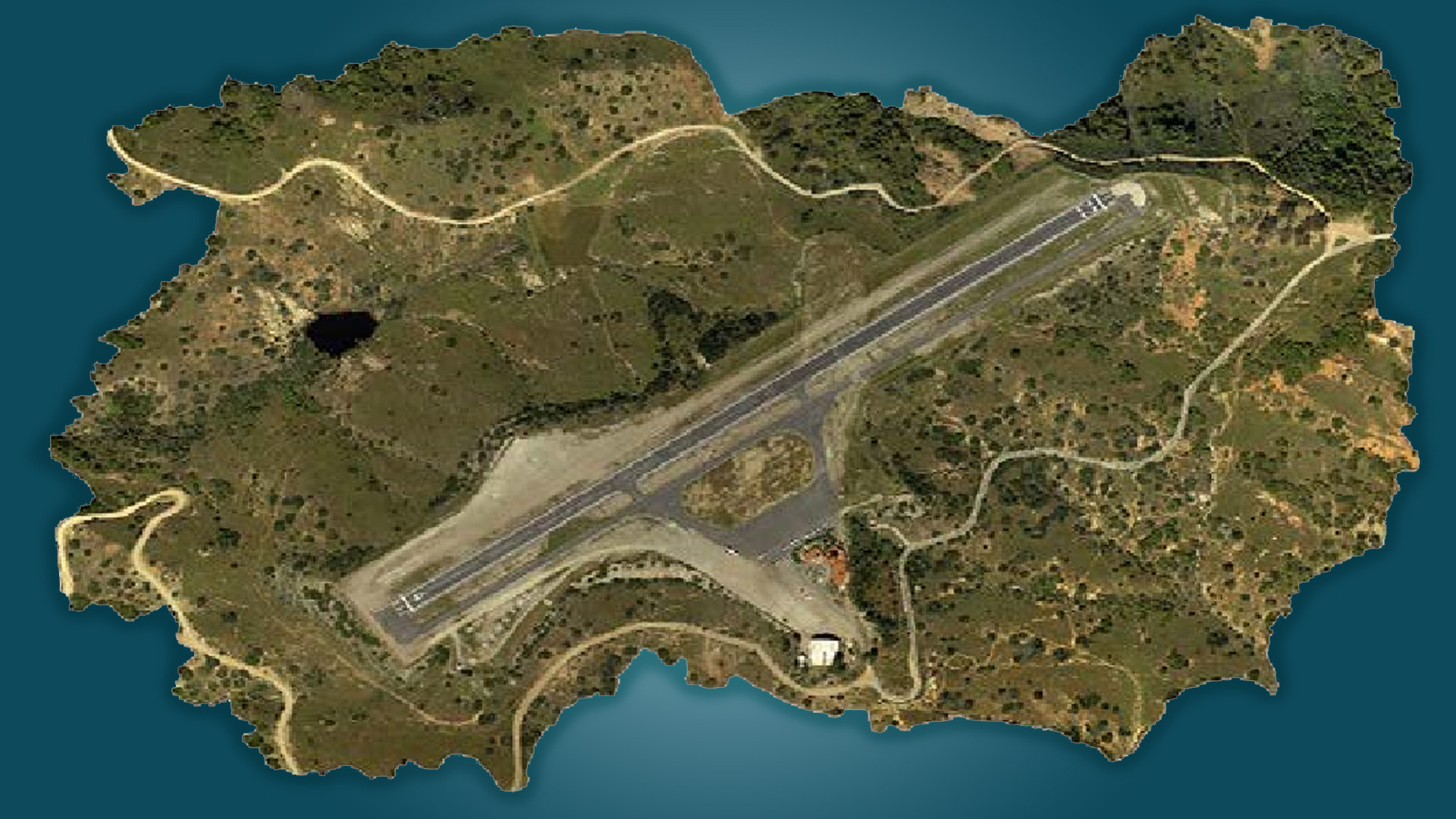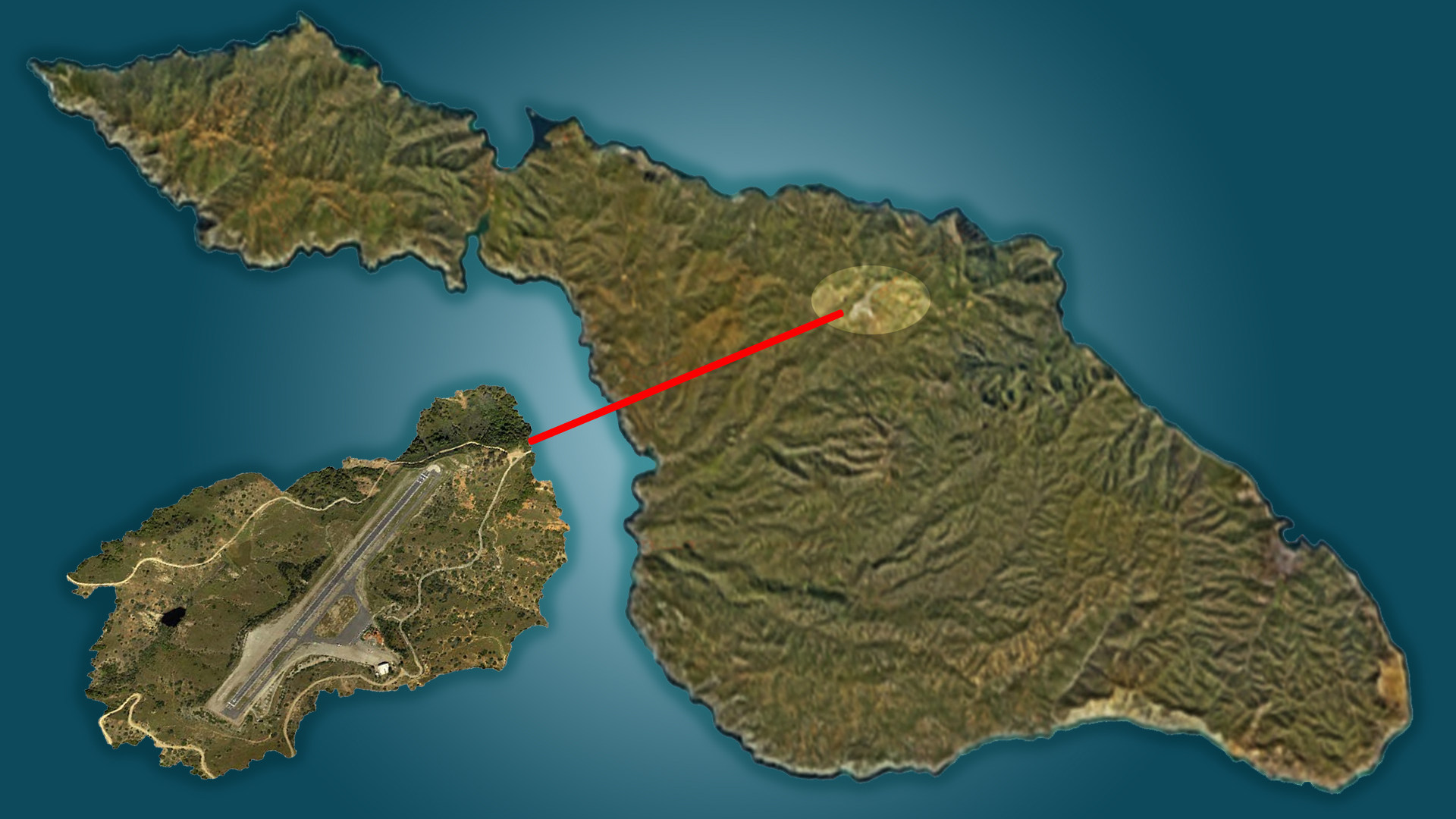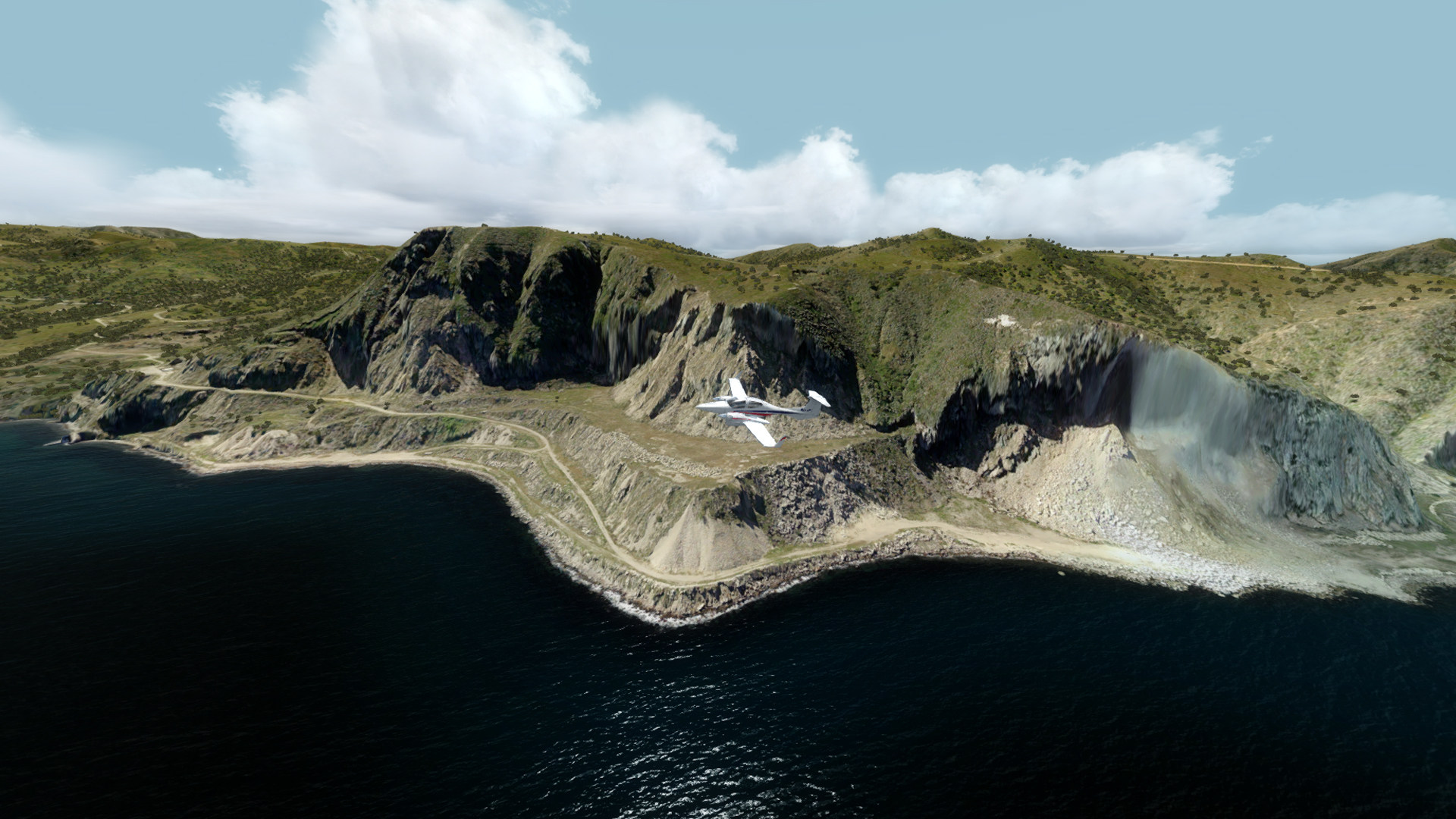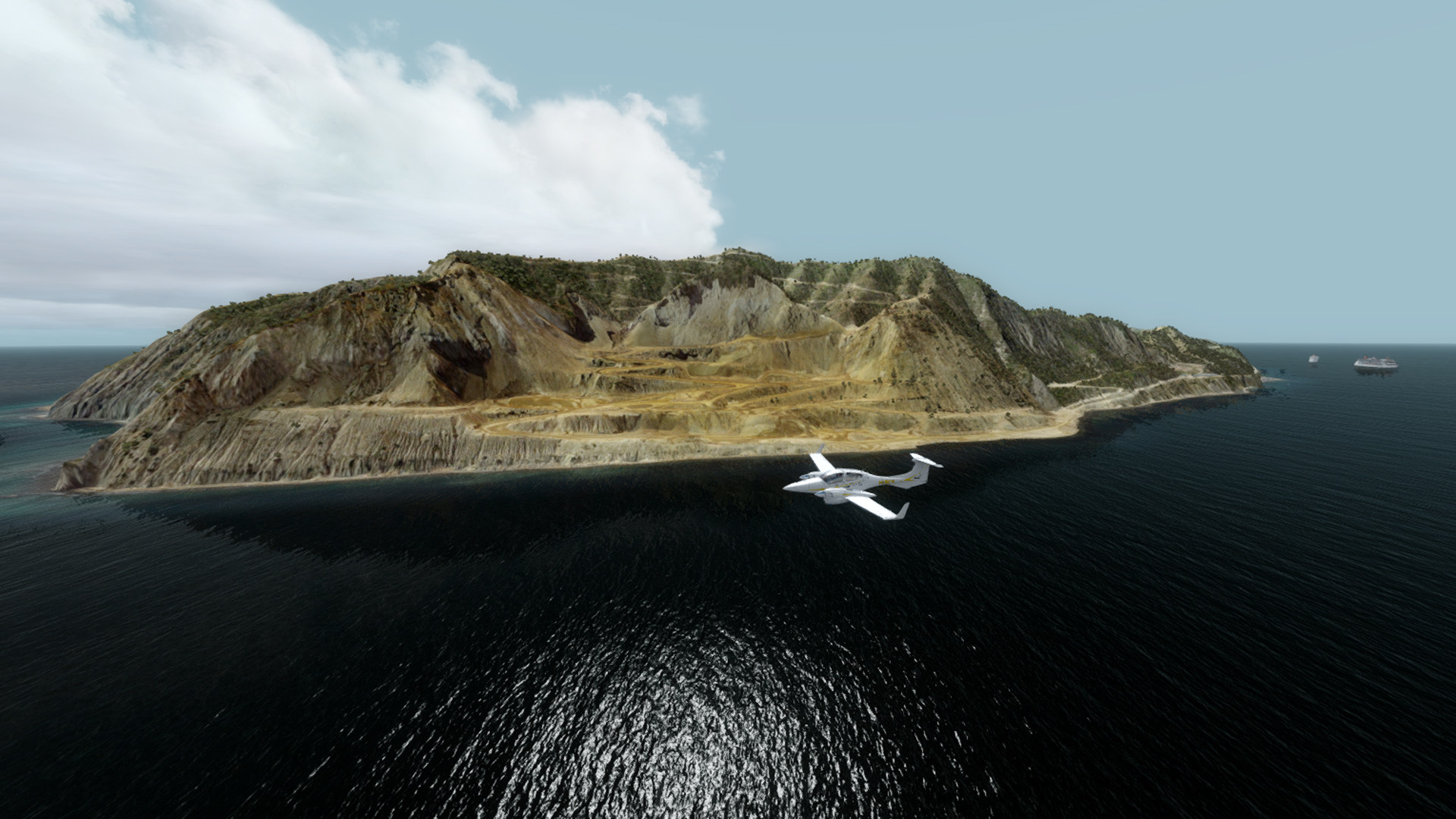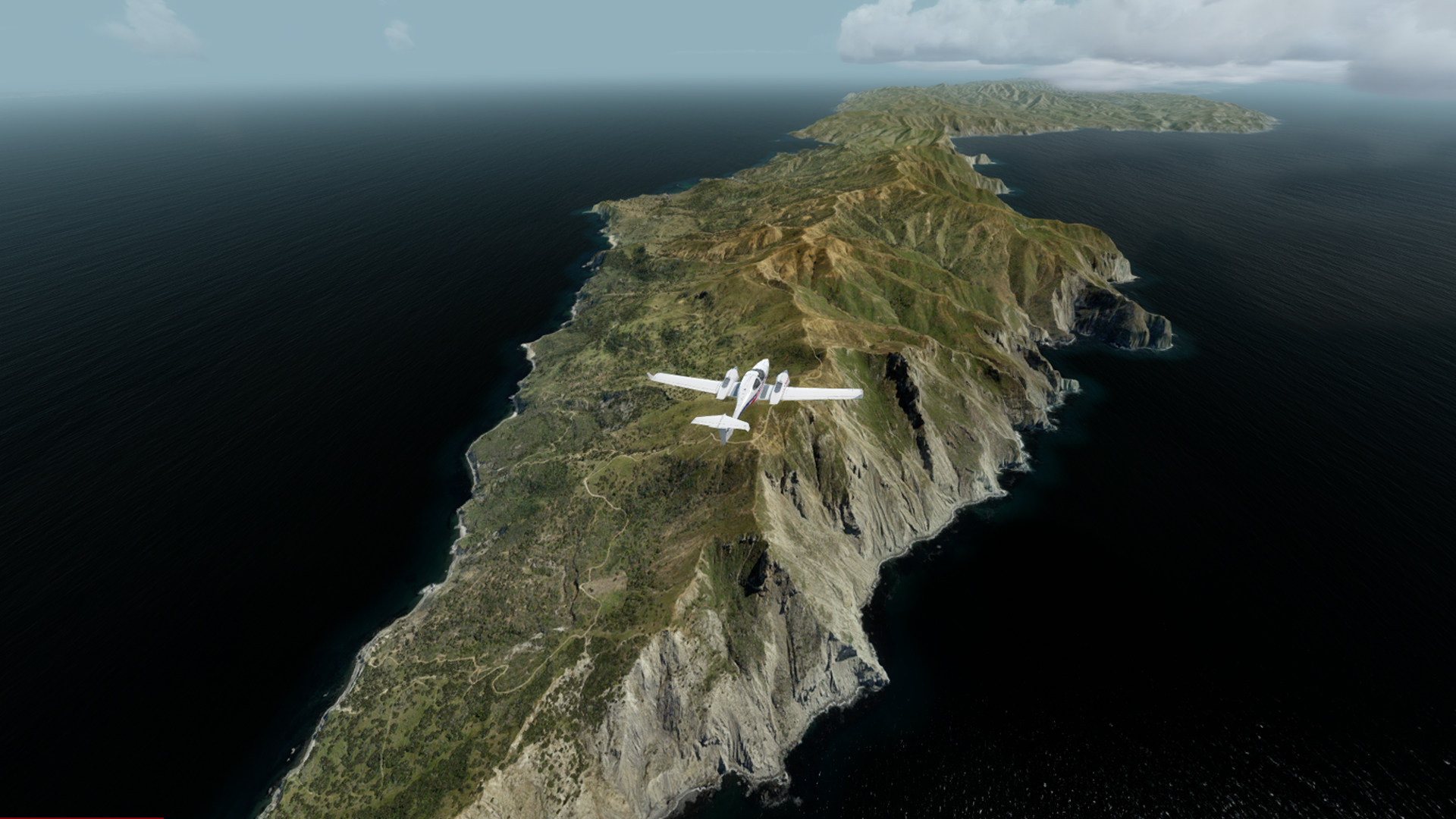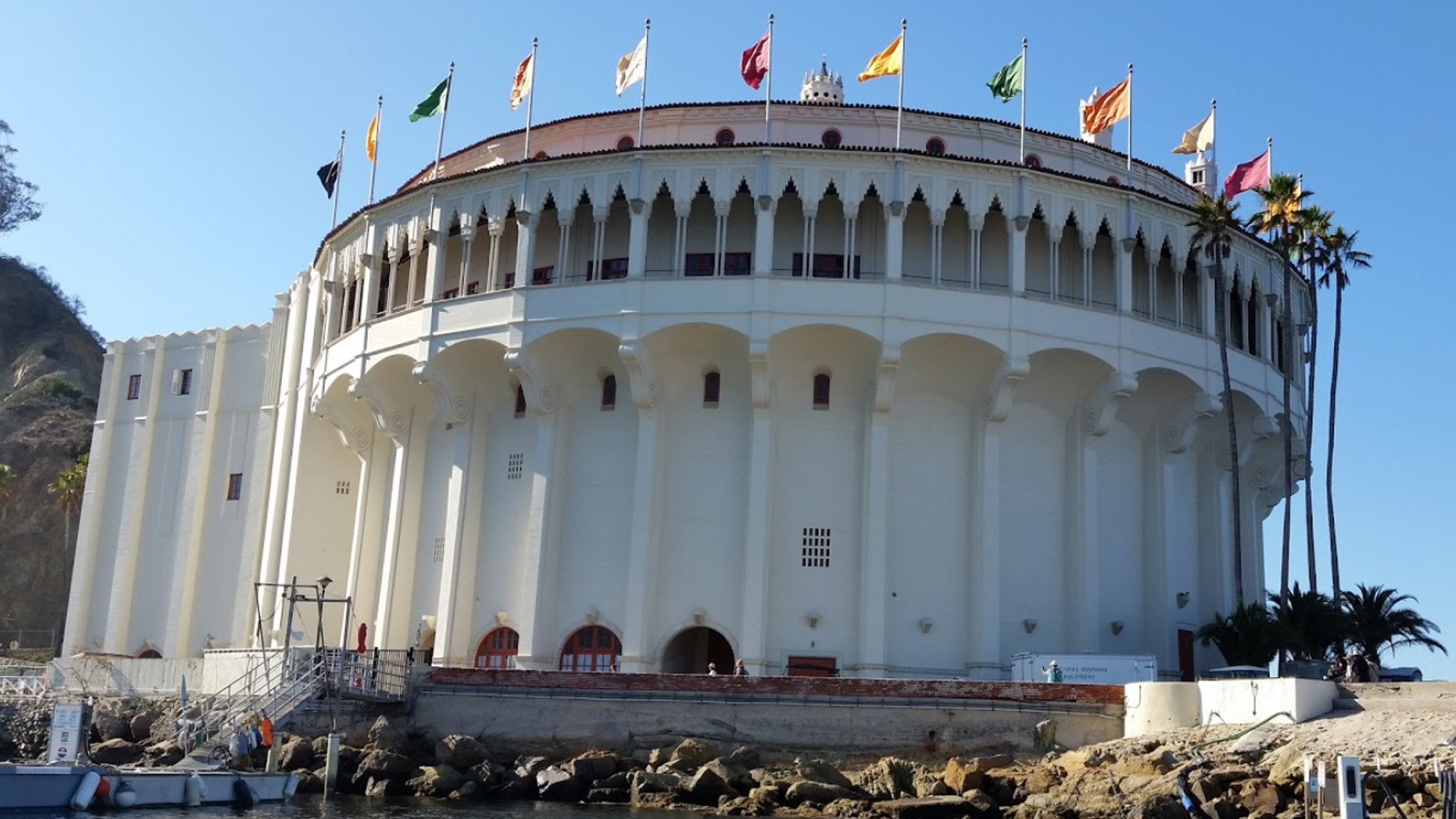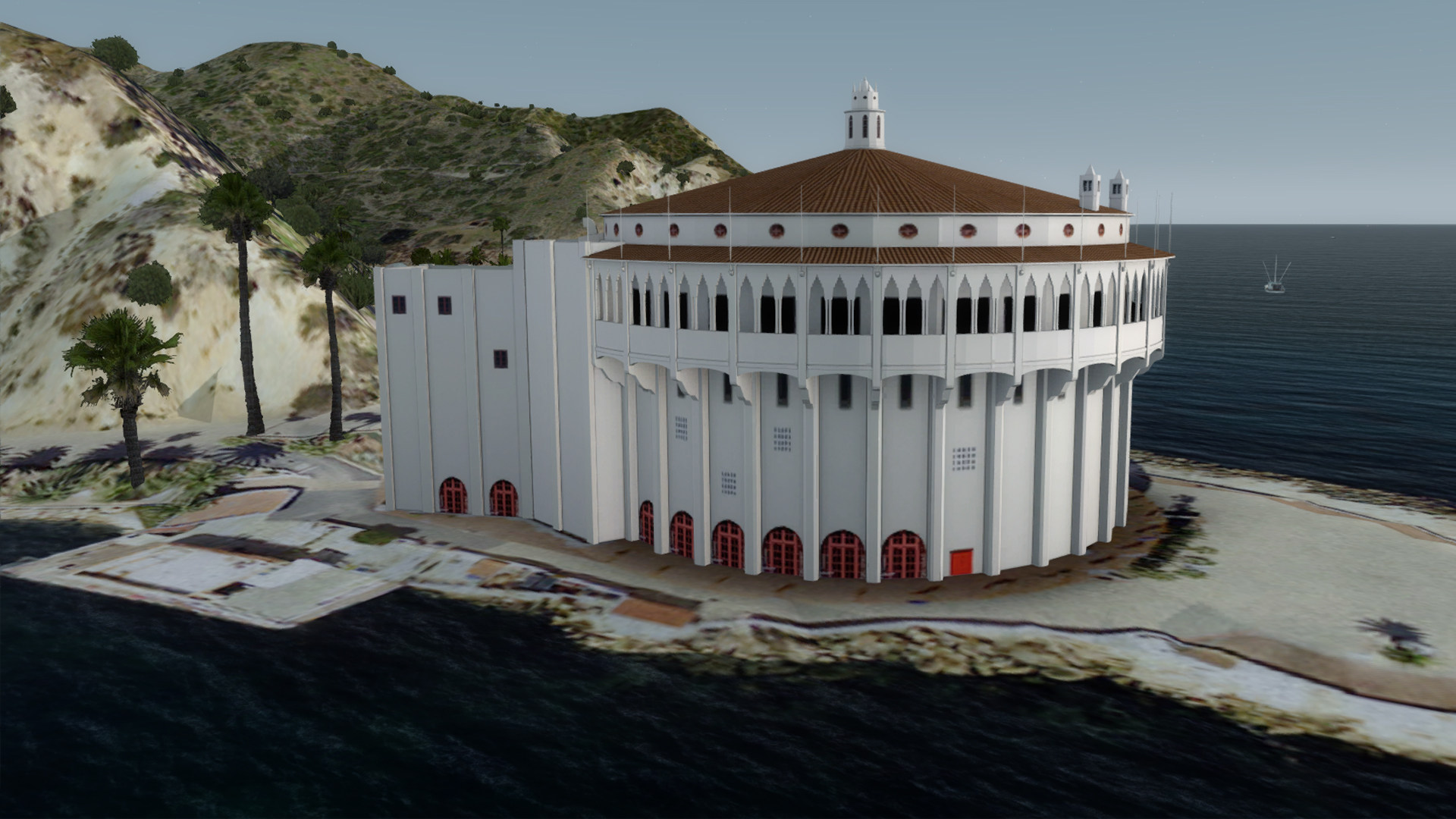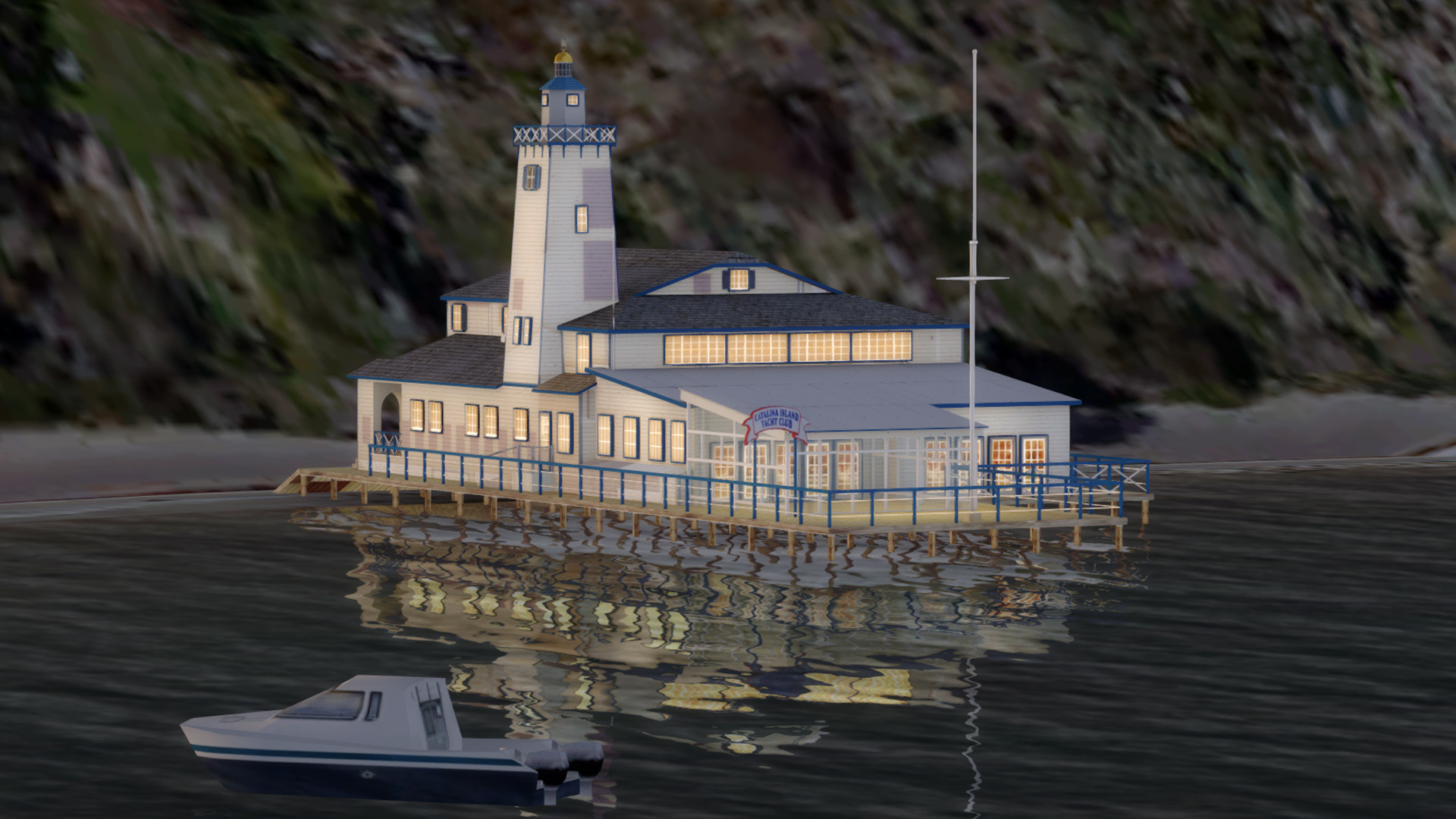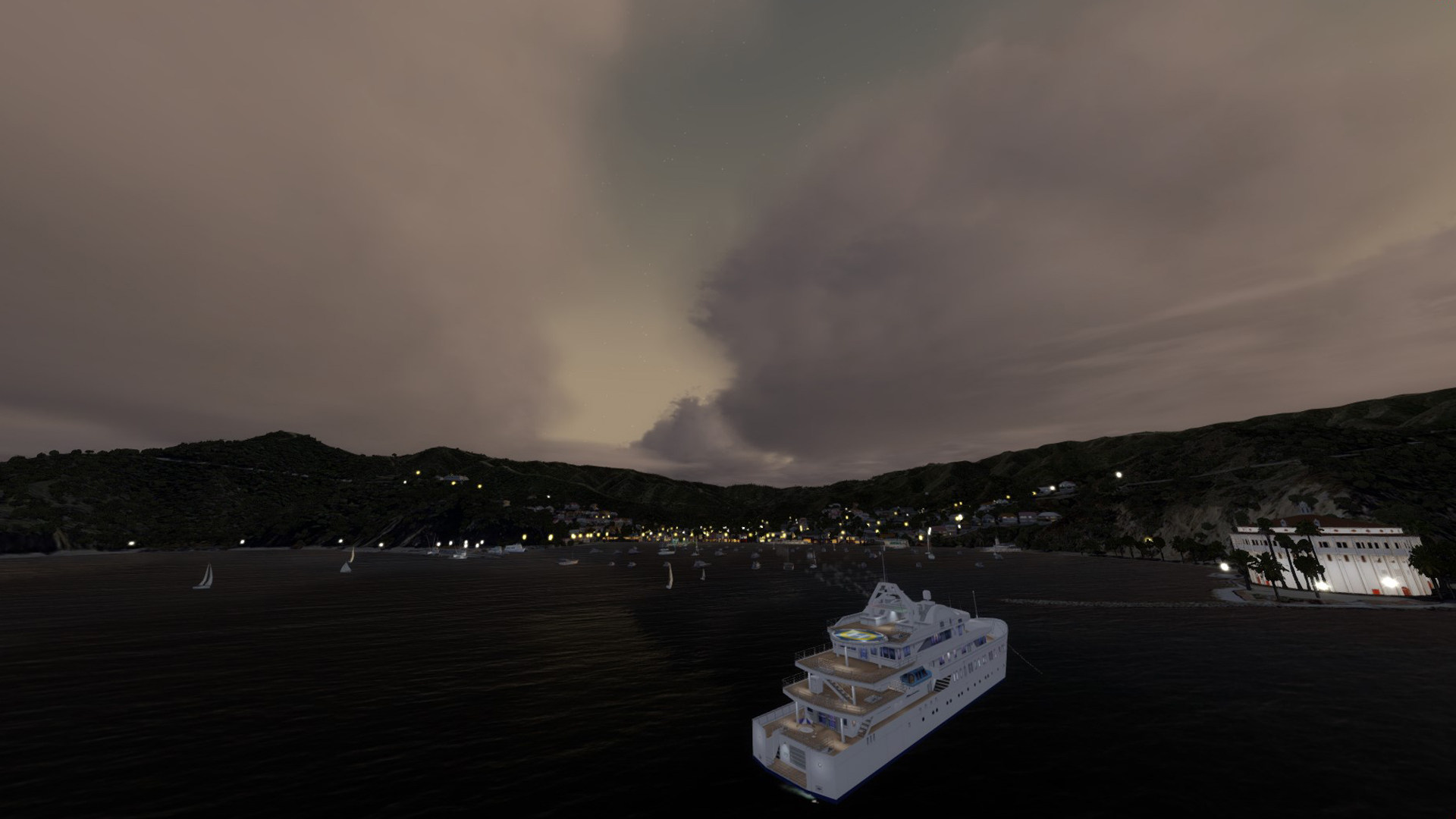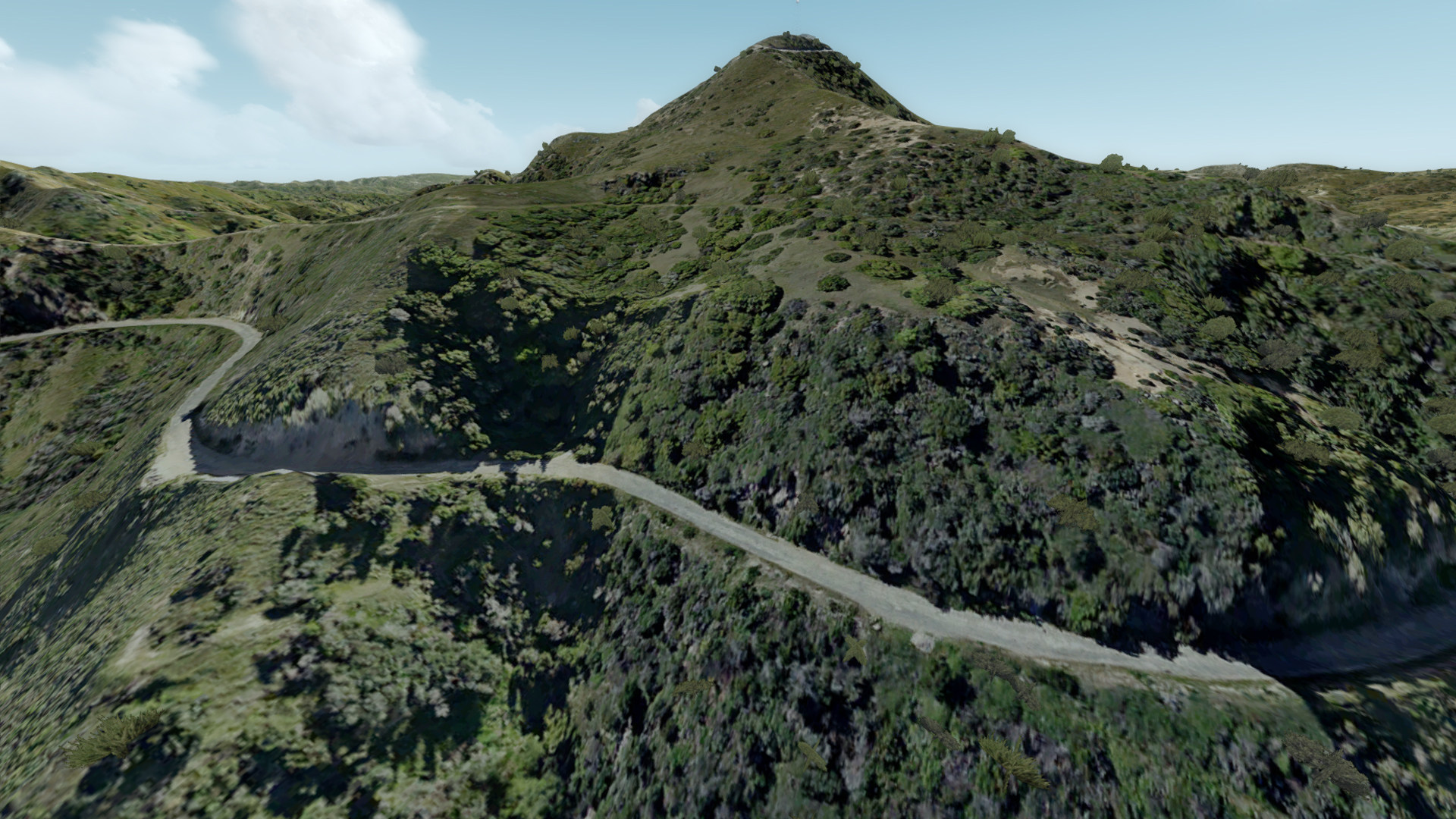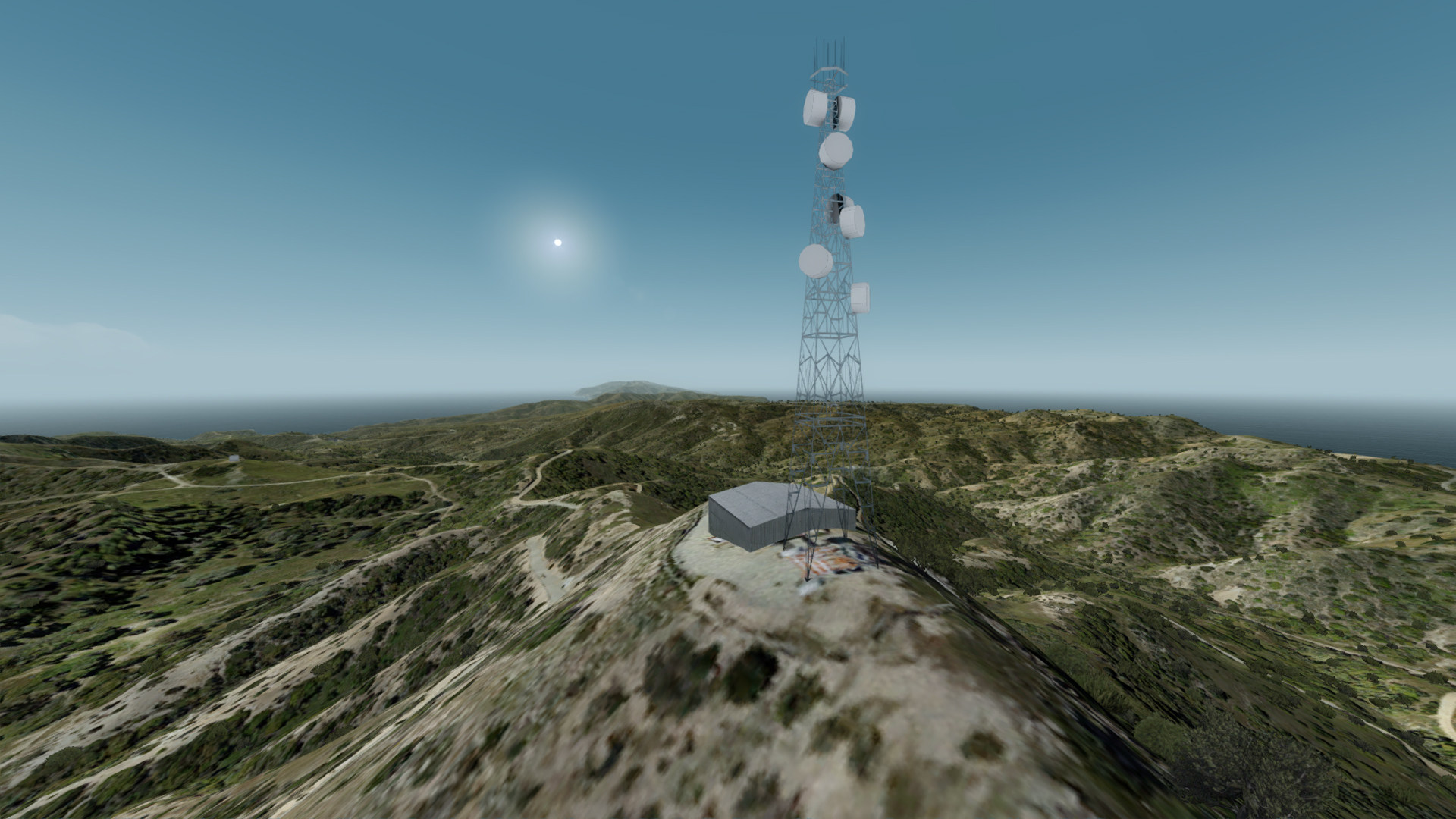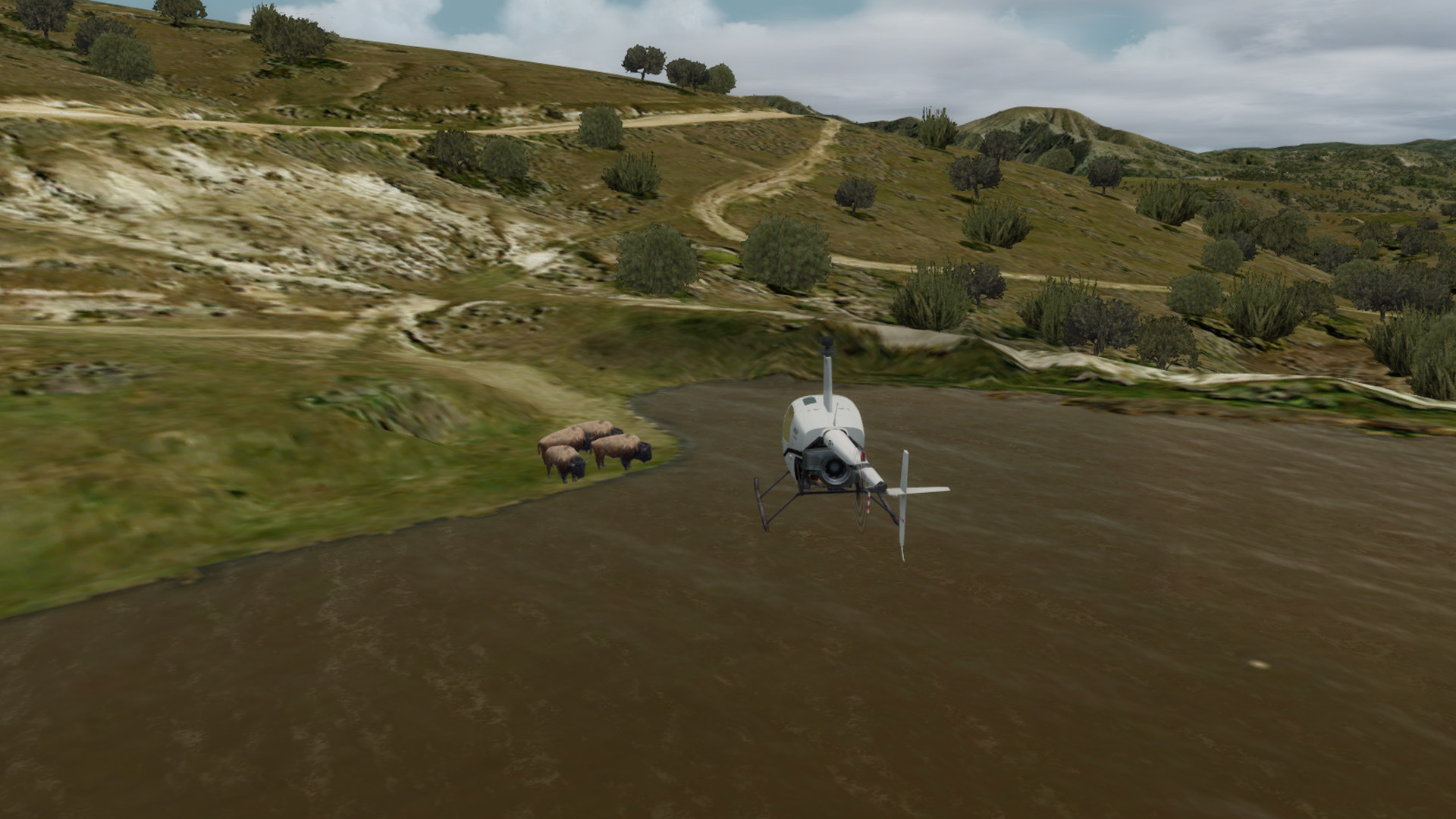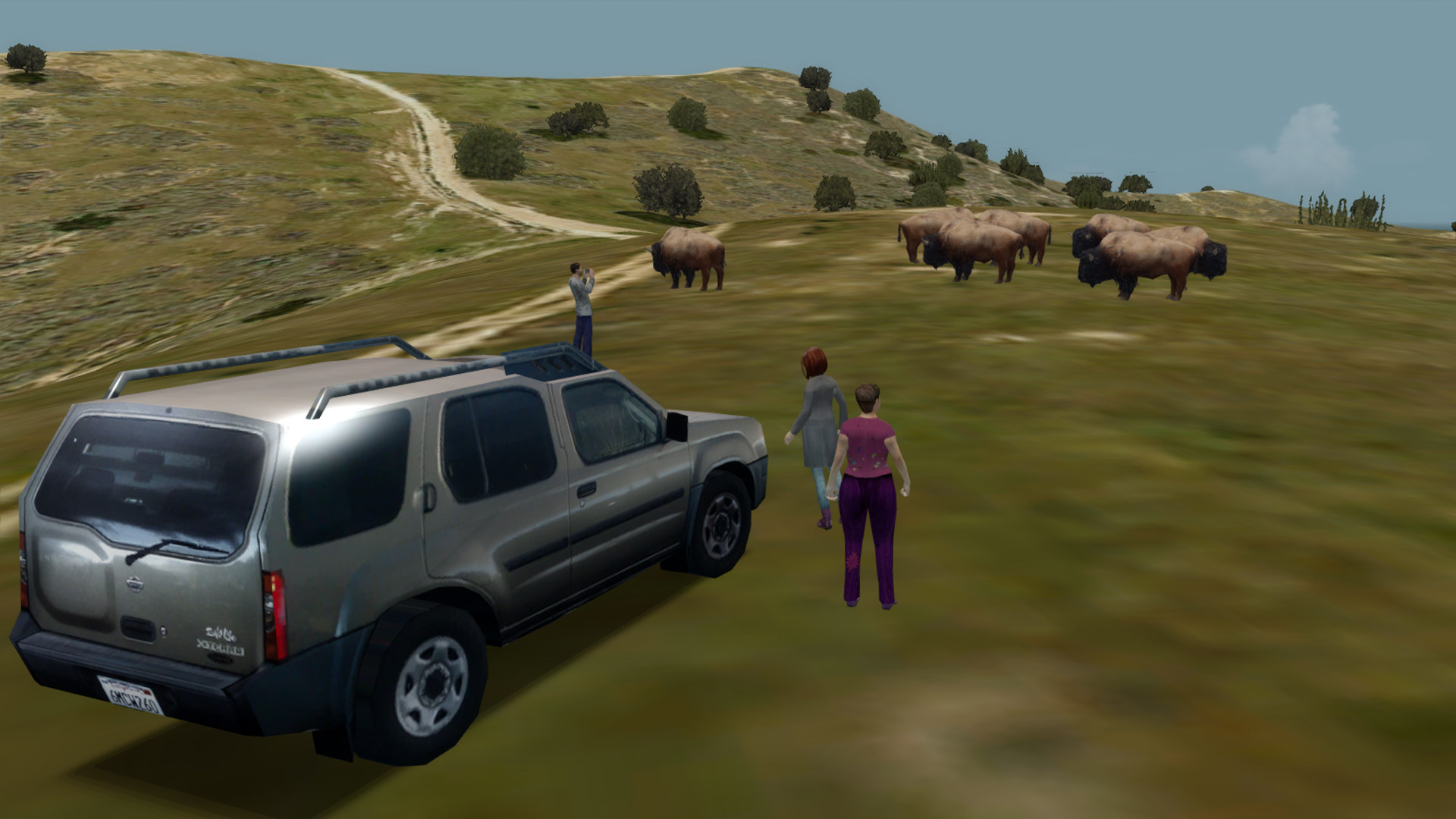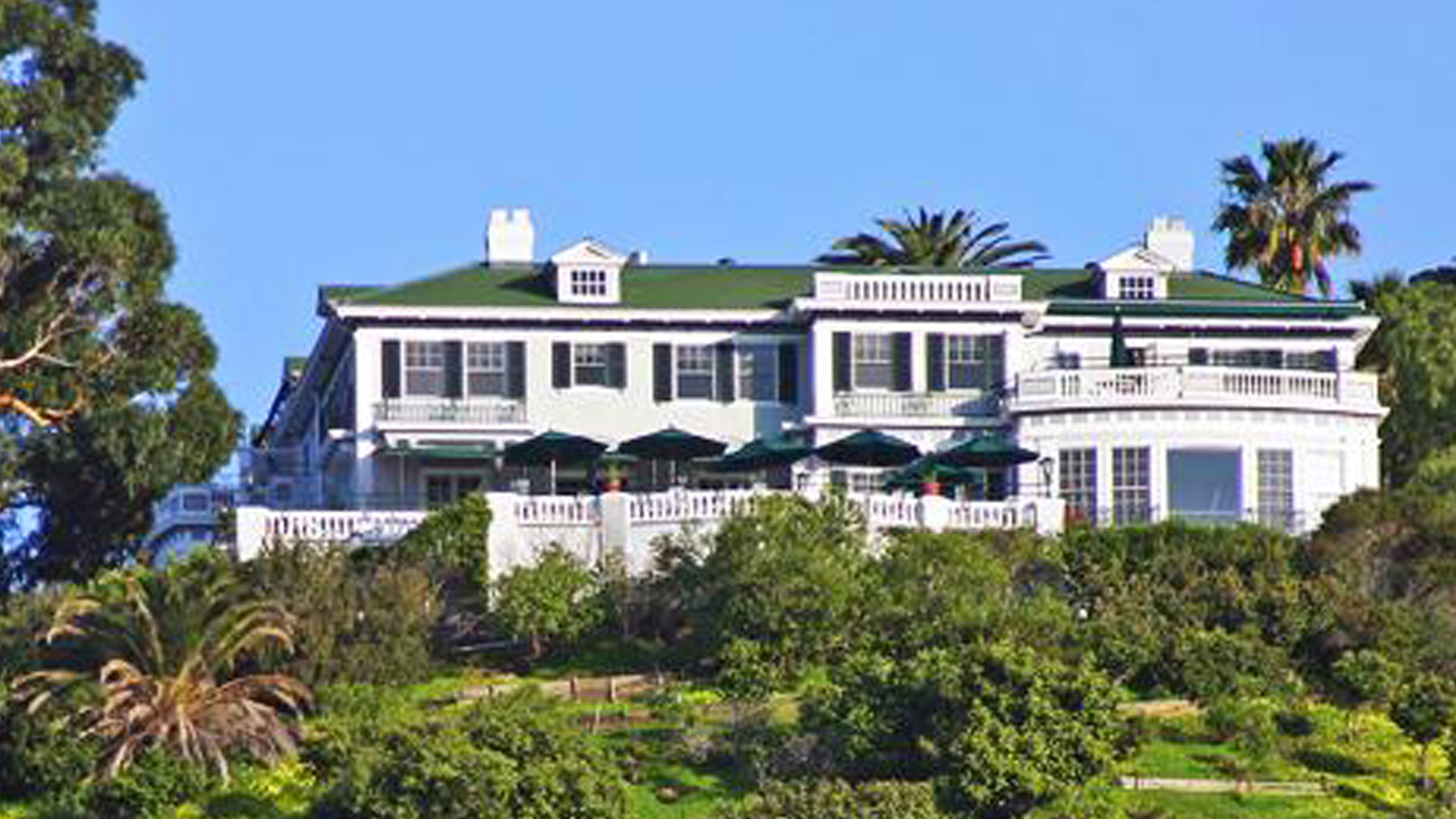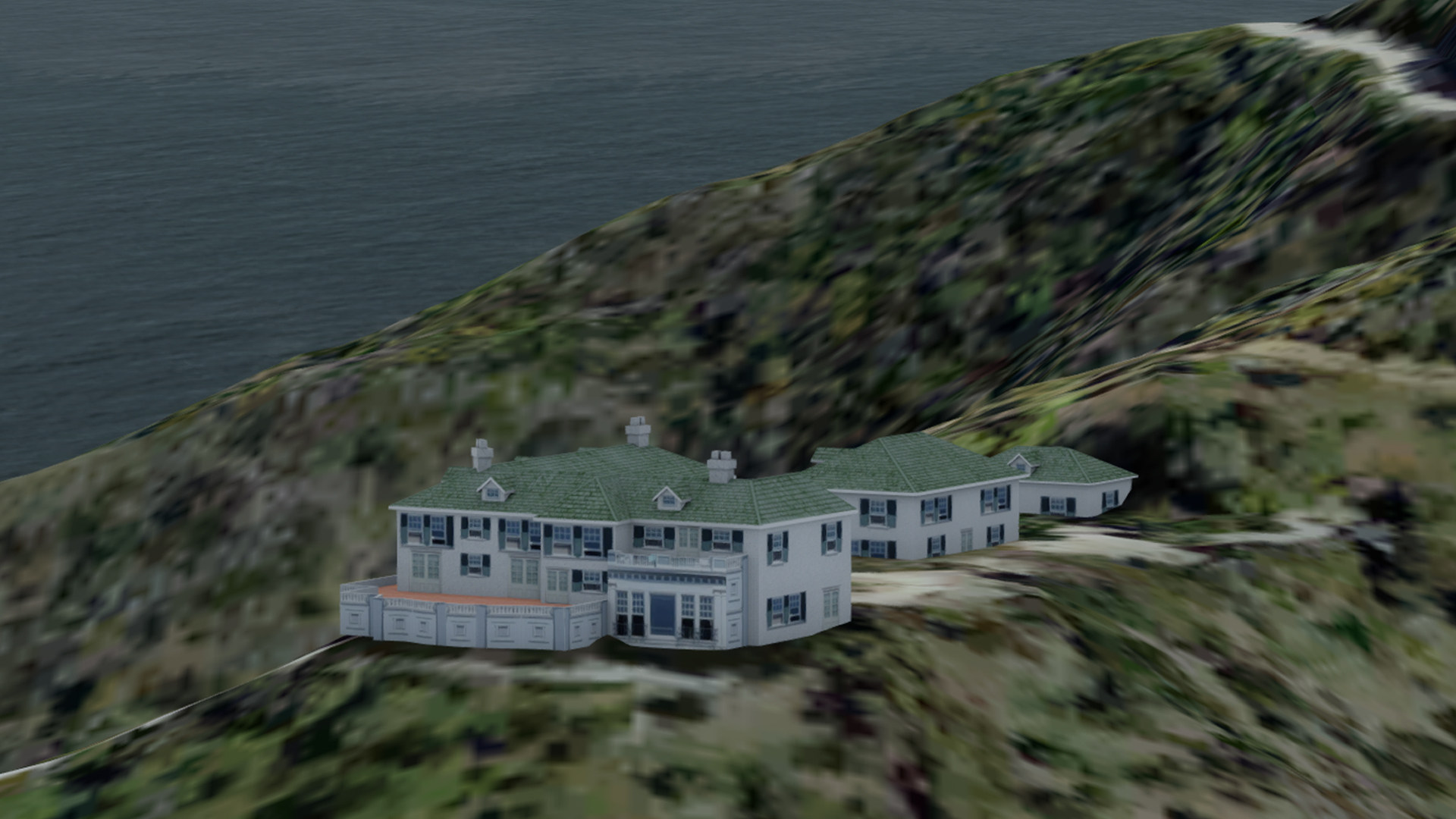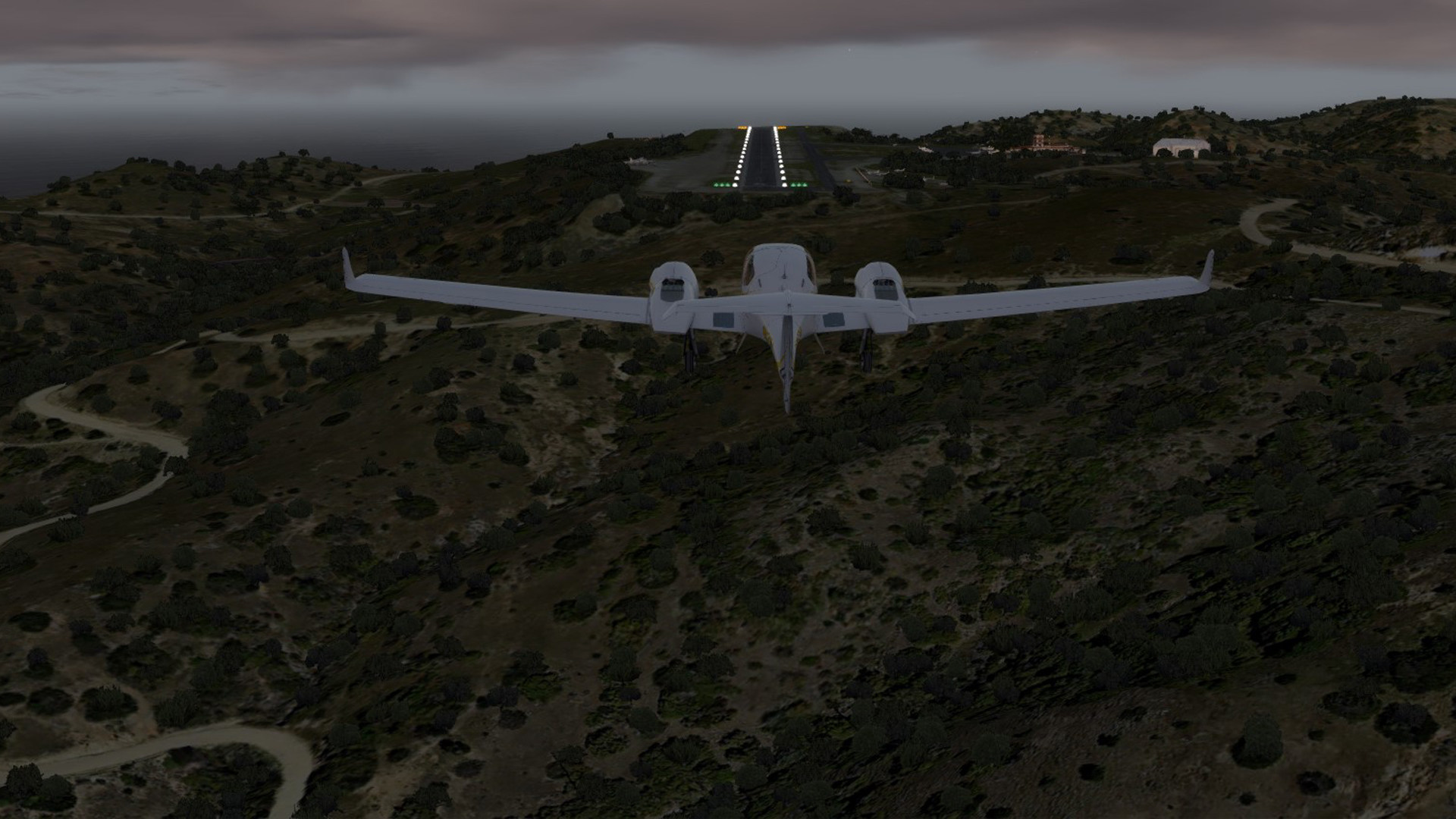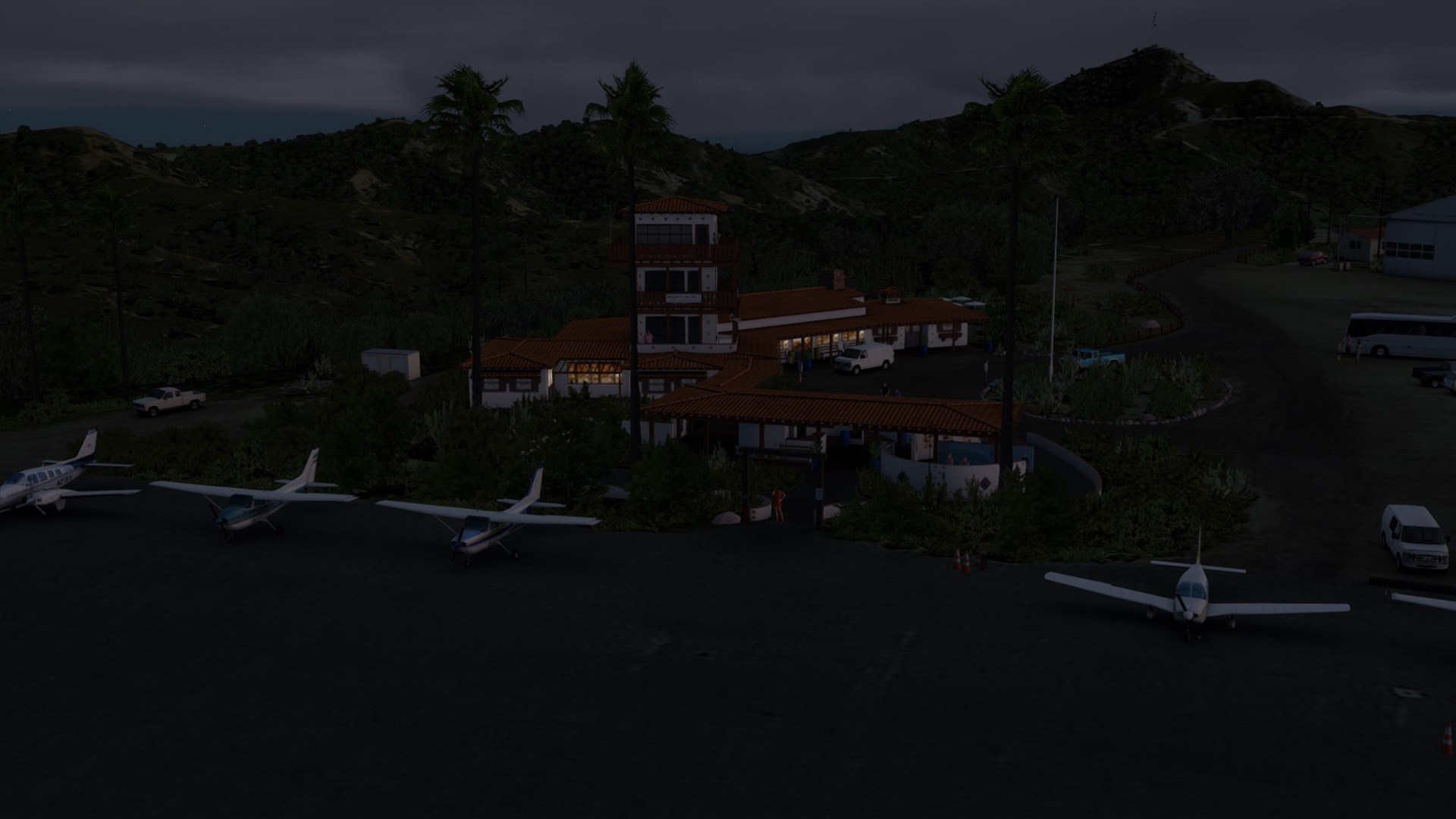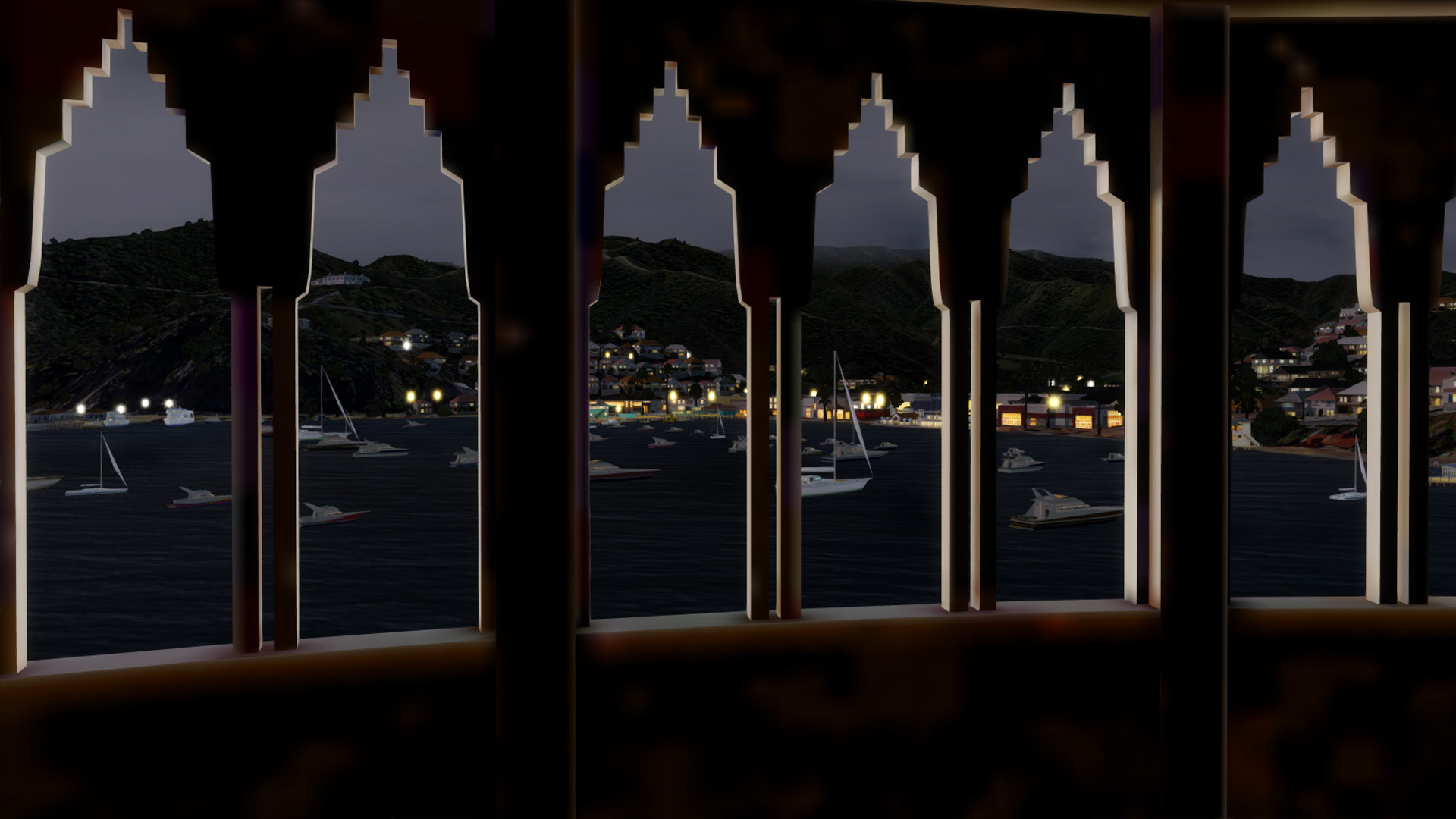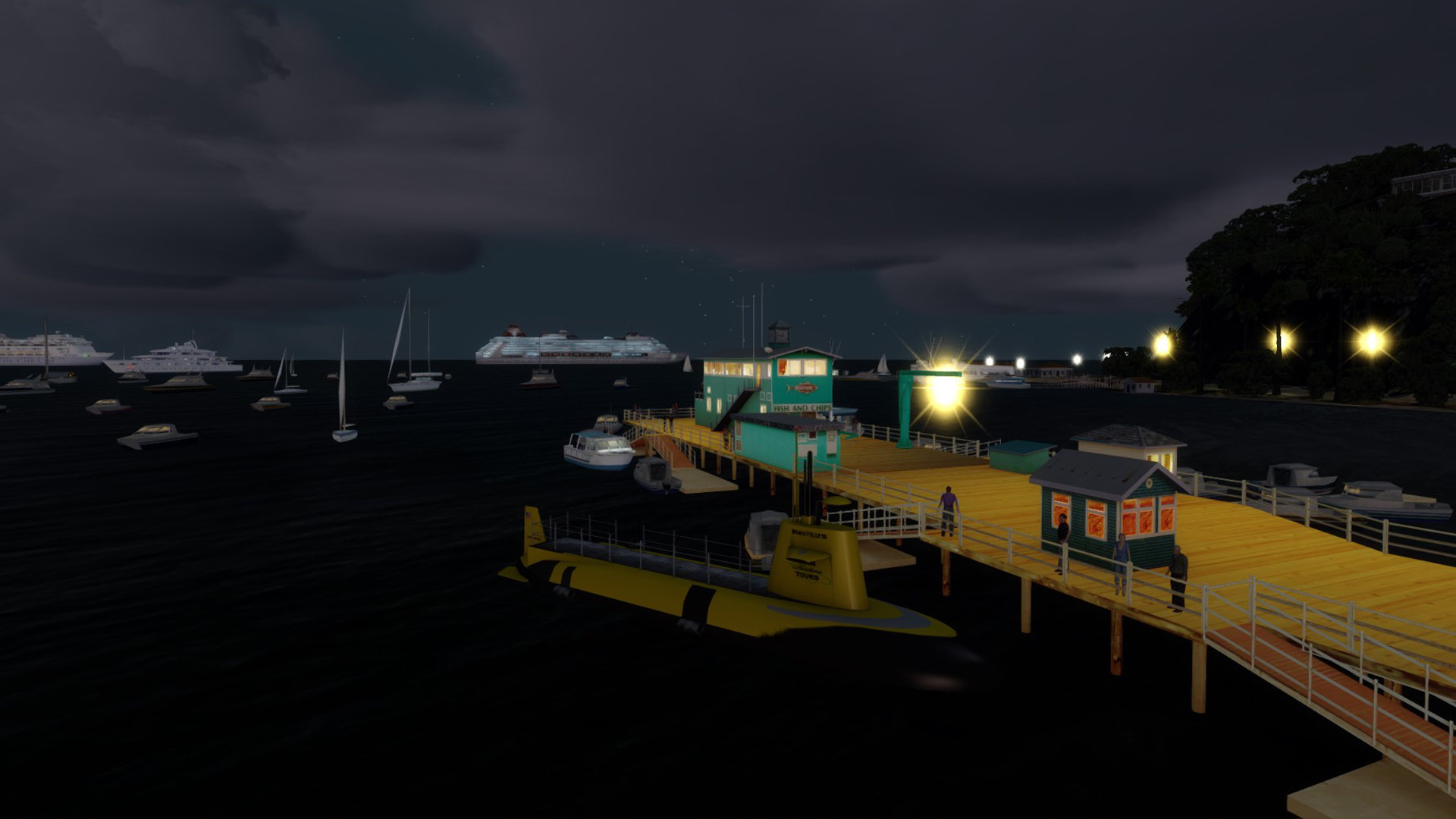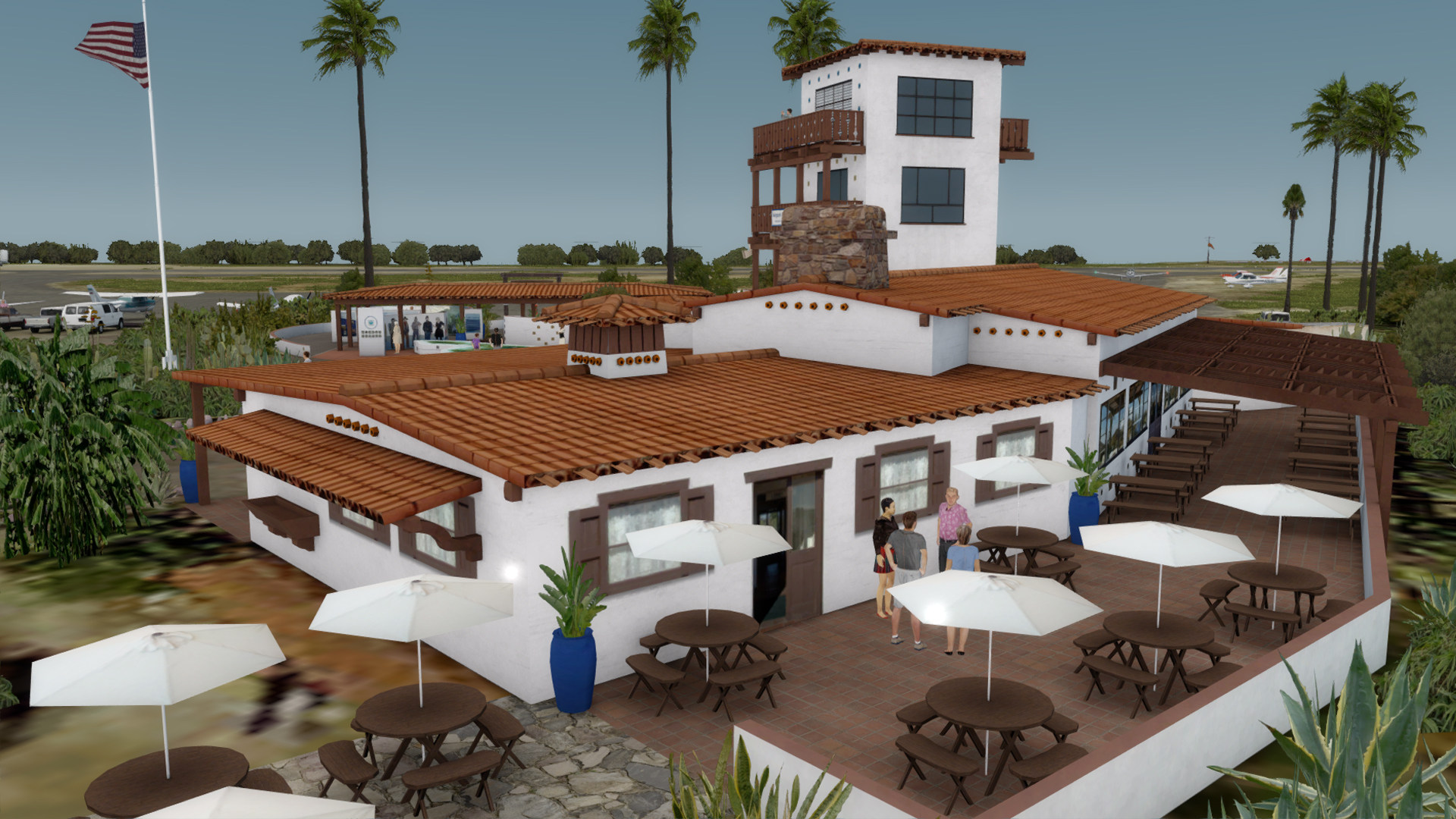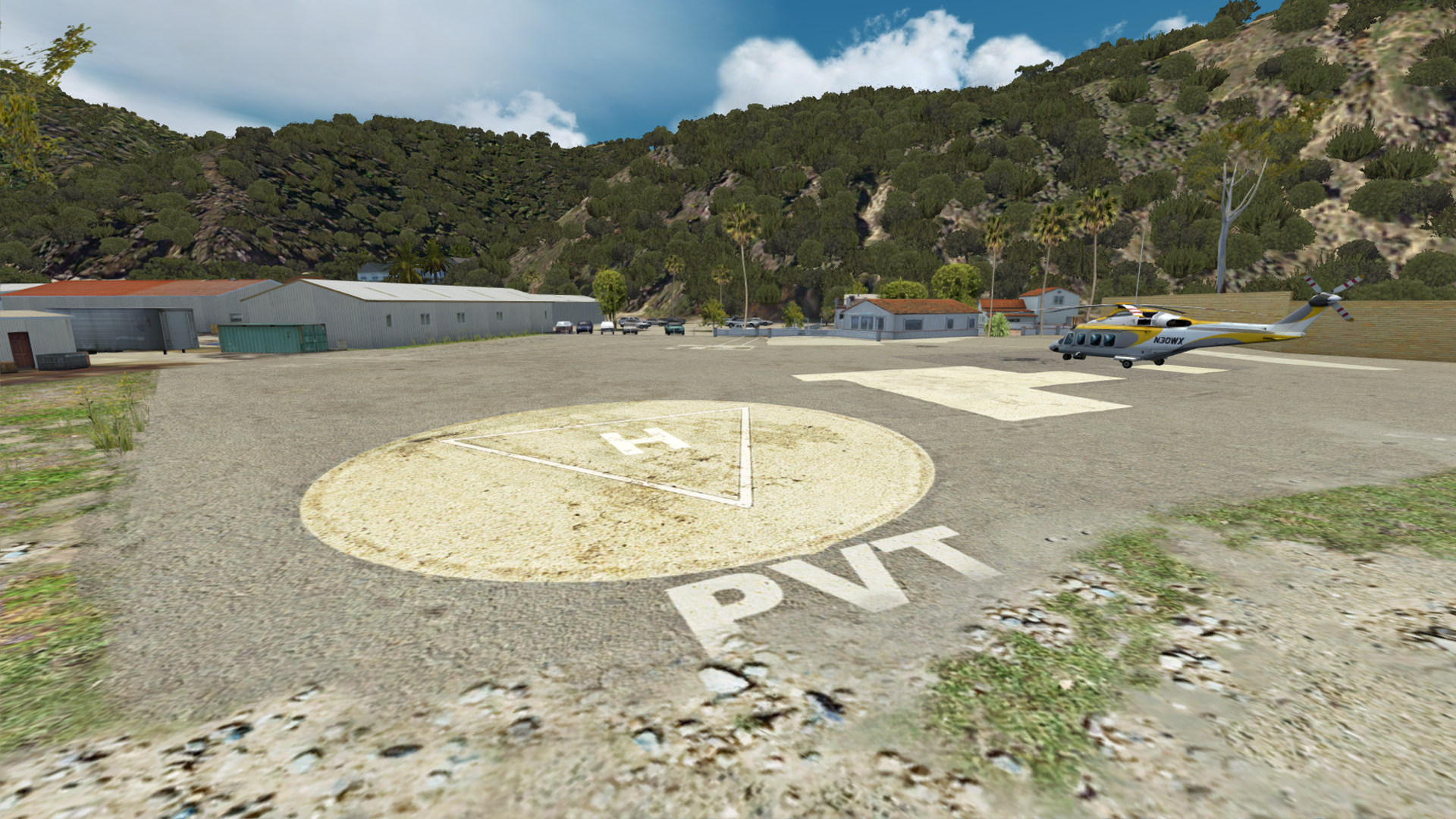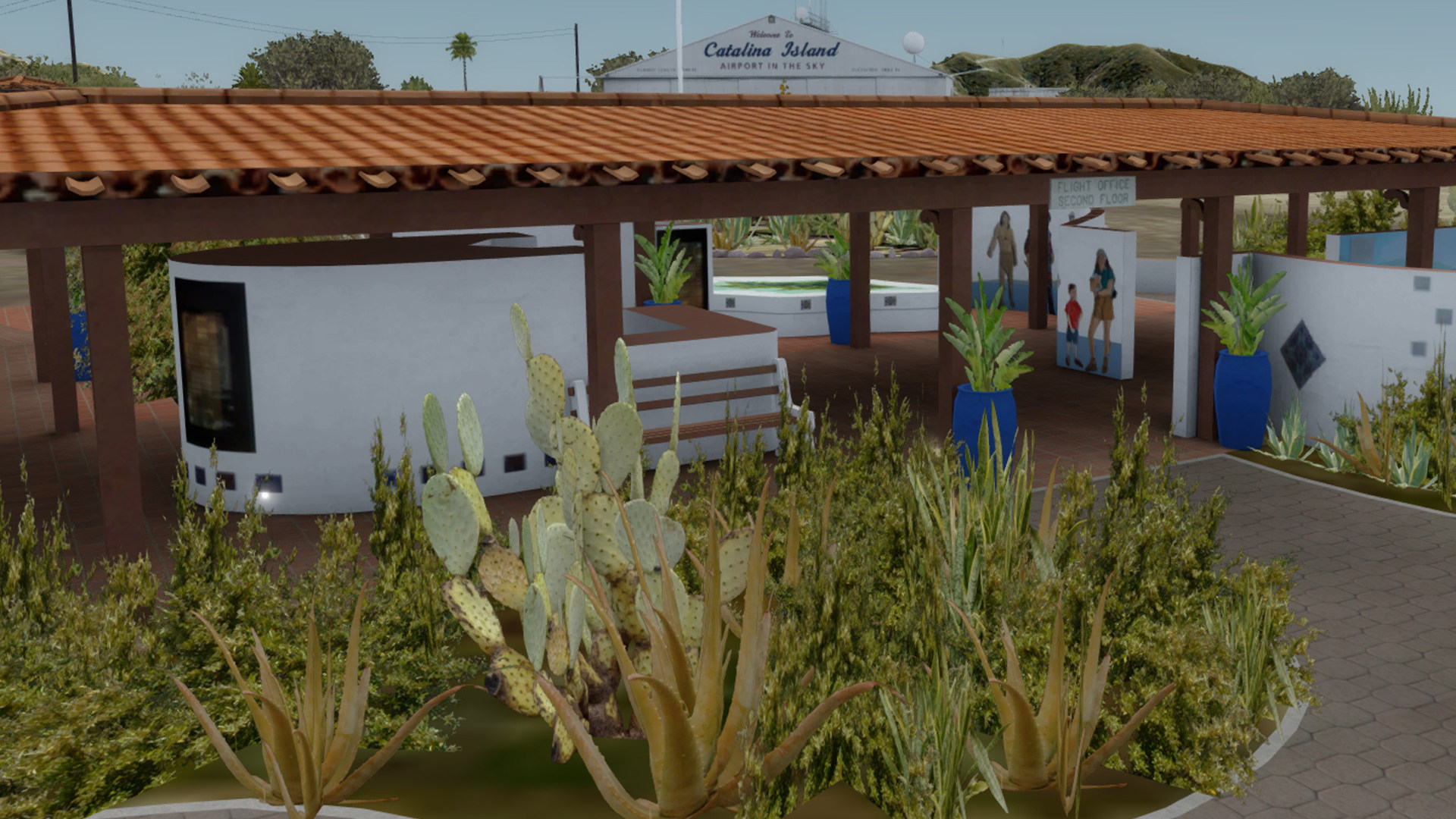Introduction
Welcome to the "Airport in the Sky", otherwise known as Catalina Airport (KAVX). Catalina airport is a privately owned airport located on Catalina Island, which lies in the North Pacific Ocean, off the coast of southern California and approximately 22 miles south-south-west of Los Angeles. The airport is open to the public and allows general aviation aircraft to land there. The only requirement is that inbound pilots state their intention to land and that they pay a $25 landing fee.
The airport is used primarily for general aviation and with a 3000ft runway, almost any GA aircraft could use it. The airport is also used for air freight from the mainland. Supplies for the island are delivered via Douglas DC-3 aircraft daily, one of which can be observed parked on the northern side of the runway.
In the autumn of 1942, the United States Army Air Forces (USAAF) took control of the Buffalo Springs Airport for the duration of World War II, to support Army, Navy, Coast Guard, the Maritime Service, and the Office of Strategic Services (OSS) activities on the island. It also was a USAAF Fourth Air Force Replacement Training Station. Administratively, the airfield operated as a sub-base of March Field located in Riverside County. In the early 1950s, United Airlines served the airport with scheduled passenger services operated with Douglas DC-3 aircraft, with non-stop flights to Long Beach Airport (KLGB) and direct, one stop services, to Los Angeles International Airport (KLAX). During the mid-1950s, Catalina Air Lines was operating de Havilland DH.104 Dove aircraft on non-stop flights to KLAX and Burbank Airport (KBUR), now Bob Hope Airport. By the late 1950s, Pacific Air Lines was providing flights with Douglas DC-3 aircraft to KLAX, KLGB, and KBUR. In the late 1960s, Catalina-Vegas Airlines was operating non-stop services to San Diego Lindbergh Field (KSAN). Golden West Airlines provided flights as well during the early 1970s with de Havilland Canada DHC-6 Twin Otter aircraft, with a non-stop service to KLAX and Orange County Airport (KSNA), now John Wayne Airport. Golden West Airlines also acquired Catalina Air Lines which served the island with seaplane flights operated from Avalon and Two Harbours. The airport is now owned by the Catalina Island Conservancy which lets charter planes fly into the airport. While landing at the airport, a private Learjet overshot Runway 22 killing six people. Since then, the Catalina Island Conservancy has limited the number of planes allowed to use the airport.
This is the fourth experience package for Orbx by Tim Harris and Ken Hall. Previous packages by these talented developers include: FTX: PI AYPY Jacksons International Airport; FTX: PI NSTU Pago Pago International Airport; and FTX: PI TAP Tapini. So, with California Dreamin' by The Mamas and the Papas ringing in my ears, let's take a flight to Catalina Island to see what the island has to offer.
Availability and Installation
FTX: KAVX Catalina Airport is available from Orbx via the FTX Central application. It is priced at AUD$32.95, or the equivalent on currency cross rates. Download and installation took no more than a few minutes with the process being incredibly simple and quick using FTX Central 3. Since FTX Central upgraded to Version 3 and Orbx have set up their own direct online store, there is now no need to go to any third-party reseller. All purchasing and downloading happens from within FTX Central. You simply click on the scenery you want, pay for it, and then FTX Central does all the work for you, even placing the scenery in the correct location within your scenery library.
Scenery Coverage
The scenery covers Catalina Island in its entirety. The majority of the island scenery is rendered in 30cm per pixel photo real with the whole area of the actual airport being rendered in super crisp, 7cm per pixel. The island covers an area of approximately 194sq km.
Key Features
These are the key scenery features as listed by Orbx:
entire island of Santa Catalina;KAVX Catalina Airport;
Pebbly Beach heliport;
Wrigley Marine Science helipad;
beautiful 7cm and 30cm photo real;
crisp 5m terrain mesh;
hand annotated custom autogen;
loads of piers and docks;
many points of interest; and
standalone product.
Level of Detail
With the whole of Santa Catalina Island draped in 30cm photo real textures and Catalina Airport in beautiful 7cm textures, this is one of the most beautifully detailed scenery add-ons to come from Orbx and its crew of talented developers. By using photo real textures, Tim Harris and Ken Hall have lovingly brought Santa Catalina Island to life. Only their fourth project for Orbx and the detail they are including in their work is both complex and visually stunning. Flying around and over the island in a variety of aircraft I was able to capture some of the glorious textures to be found here.
As the detail in this scenery is so varied, I will cover each aspect of it, such as coastline, inland mountains, towns and villages, and of course the reason we are here, Catalina Airport, separately. Starting with the coastline, this is some of the very best detailed coastline I have seen whilst flight simming. Overall, the stunning amount of detail is just incredible and a pleasure to fly around. You feel like you are actually there, either in your aircraft or strolling around. However, to be fair, you do get the very best views from your aircraft, as some of the textures close up seem a little blurred. The transition from beach front to cliff face, for example, in some cases (not all) is where the blurriness is most prevalent. Some of the rock texturing is very good and they wrap around the mesh extremely well.
Around the coast are the most beautifully crafted villages and marinas. The major and most populated town of the island is Avalon. There are, however, several other areas which also need further investigation. The custom buildings which have been added to this scenery are some of the best in the flight sim world. Avalon, especially, has some very unique features and is worth getting out of the aircraft and doing a walkabout to explore what it has to offer.
When you leave the coast, the textures are extremely good. The interior of the island has been superbly rendered and there is plenty on offer to explore, from deep gullies to mountain tops. The mountains are very crisp, roads are well depicted and the inland water is true to life. There are also a few spots where wild buffalo can be observed as well as the island's famous vineyard. The vineyard actually started life as an Arabian horse ranch, then, in 1995, the Rusack Vineyard came into existence. It was started by husband and wife team Geoff Rusack and Alison Wrigley-Rusack. There are plenty of places to explore throughout the island and it is well worth hopping into various types of aircraft to do this. I found the helicopter the best means of achieving some up close and personal screen shots.
William Wrigley Jr. invested millions in Santa Catalina Island and developed much of what can be seen today. The Wrigley family were also instrumental in the manufacture of the much chewed chewing gum with which we are all familiar. The Wrigley mansion has been modelled beautifully here. There are loads more buildings which have been given the night lighting treatment but they are for you to explore.
Night Lighting
The airport itself has sparse night lighting, apart from the lighting associated with the runway. There is a pulsating/steady burning VASI on the left (3.00 degrees glide path) on Runway 22, but Runway 04 has no VASI. Most of the buildings around the rest of the island do have some form of night lighting applied to them, giving that atmospheric feel to dusk/dawn/night flying.
Catalina Airport
The reason we are here. Catalina Airport (KAVX), although very small in comparison to its nearest mainland opposition Los Angeles International Airport (KLAX), has been developed to a very high standard. The main airport complex is a stunning work of art. The surrounding airport confines are beautifully detailed, including all the necessary airport furniture, static aircraft, people, and flora. The latter could have its own section in a review. As the screenshots show, the flora around the airport is extremely well done and, in most cases, photographic - the cacti are superb.
Documentation
As part of the installation, a 14 page User Guide is provided in Adobe Acrobat format (.pdf) and is accessible from the FTX Central 3 application. Other than providing a detailed overview of FTX: KAVX Catalina Airport, it has all the information you need to get Catalina airport up and running.
Performance
Although FTX: KAVX Catalina Airport encompasses the whole island, I did not experience any performance issues. I did not need to make any adjustments to compensate for performance issues and there was no discernible impact on frame rate performance against what I typically get. I was getting above 34fps consistently and rarely did my system dip below 32fps. Of course, this is also system dependent and paying heed to the relevant sections in the User Manual should avoid any disappointment and provide optimum performance for your particular system.
Value for Money
At a few cents short of AUD$33.00, I feel this is excellent value for money. You could pay more than this for a solitary airport but with FTX: KAVX Catalina Airport, there is also the whole island to explore, including some helipads to land on.
Review Computer Specifications
The specifications of the computer on which the review was conducted are as follows:
Asus P8Z77-V motherboard, Intel i7, 3.4GHz "Sandybridge";
Asus Strix GeForce GTX970 OC 4GB;
16GB, DDR3, Corsair Vengeance, 1600MHz;
128GB, Corsair Force 3 SSD – OS;
2TB WD HDD – P3D;
500GB, WD Velociraptor – FSX;
Windows 10, (64bit); and
Lockheed Martin Prepar3D Version 3.4.
Additional Major Add-ons. FS Global Ultimate, Active Sky 2016, Orbx FTX Global BASE, Orbx FTX Global VECTOR, Orbx FTX Global openLC series, Orbx FTX region series, Orbx FTX airport series, Orbx FTX Trees HD.
Conclusion
As an obvious destination for VFR flying, Orbx's FTX: KAVX Catalina Airport is an excellent scenery add-on. Visually, it was only let down by some minimal blurry textures. I can confidently assure you that KAVX Catalina Airport should be on your purchase list, that is if you have not already bought it. I would be very surprised if you did not enjoy having this gem of an Orbx airport scenery add-on in your collection. Take the leap, stick The Mamas and the Papas on and have California Dreamin' playing through your headset whilst exploring Catalina Airport and the surrounding island. You won't regret it.
Verdict and Scores
Verdict
| FTX: KAVX Catalina Airport is a beautiful addition to the Orbx family. It makes a great addition to FTX: NA Southern California, but it also works just as nicely as a standalone product. |
Scores
For |
Against |
Category |
Score |
|---|---|---|---|
| Almost 200sq km of scenery | Some blurry textures | Scenery Coverage | 10 |
| Excellent custom models | Level of Detail | 9.5 | |
| Extremely frame rate friendly | Quality of Objects | 10 | |
| Helipads included | Documentation | 7.5 | |
| Many points of interest | Performance | 10 | |
| 7cm and 30cm textures | Value for Money | 9.5 | |
| Standalone product |
Overall Score

Orbx FTX: KAVX Catalina Airport is awarded a Mutley's Hangar score of 9.4/10,with a "Highly Recommended" and a Mutley's Hangar Silver Award. |


